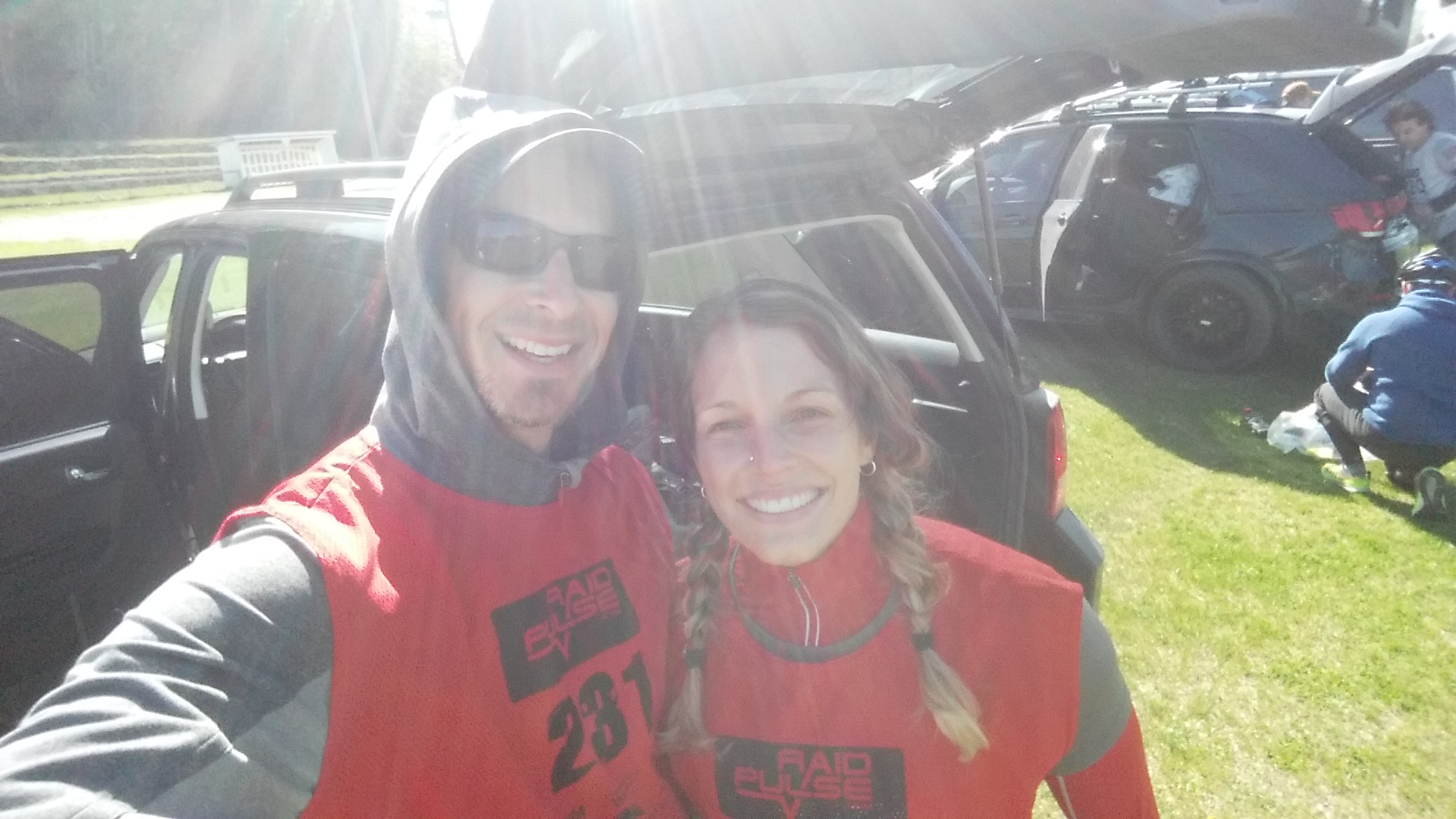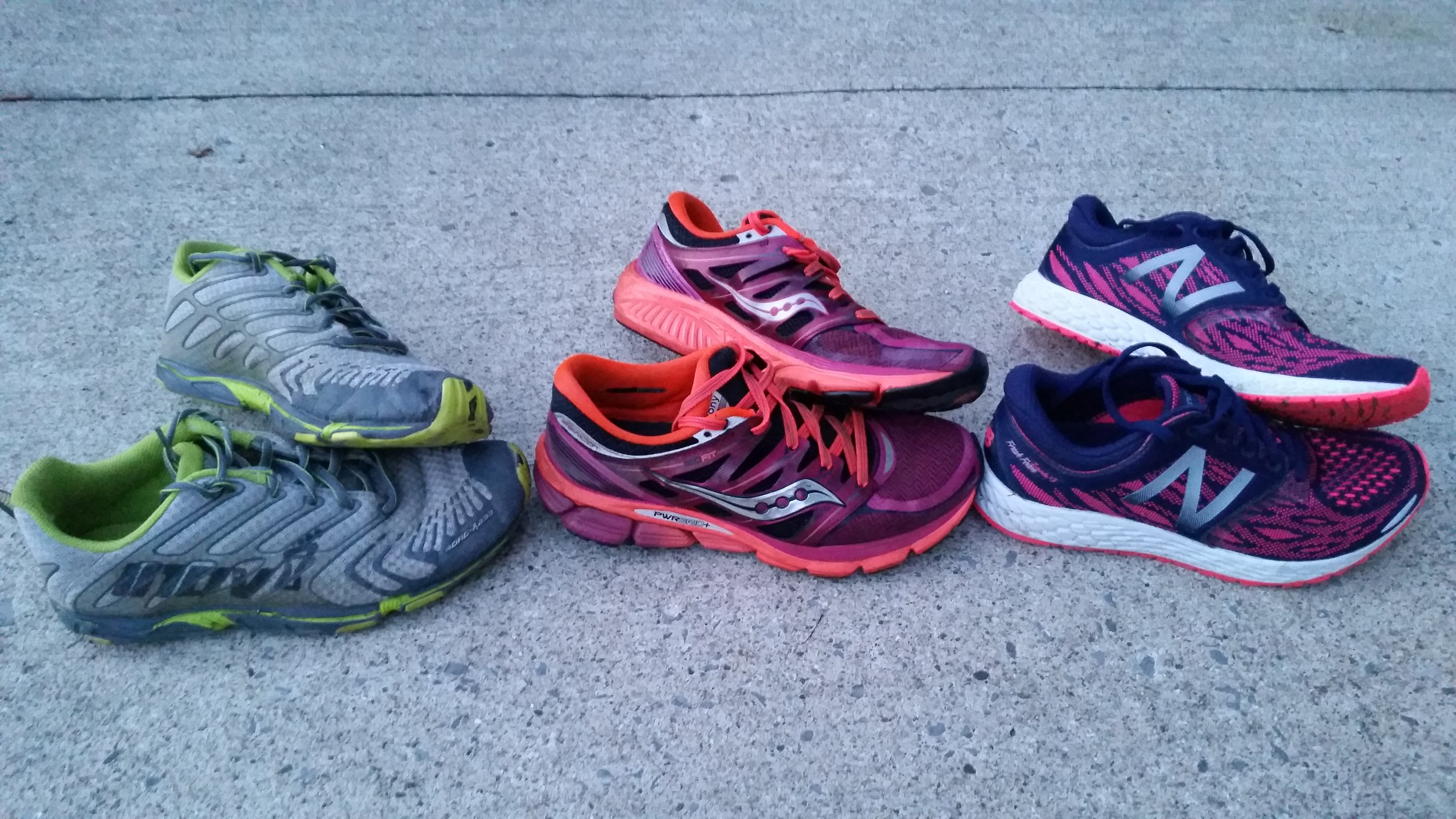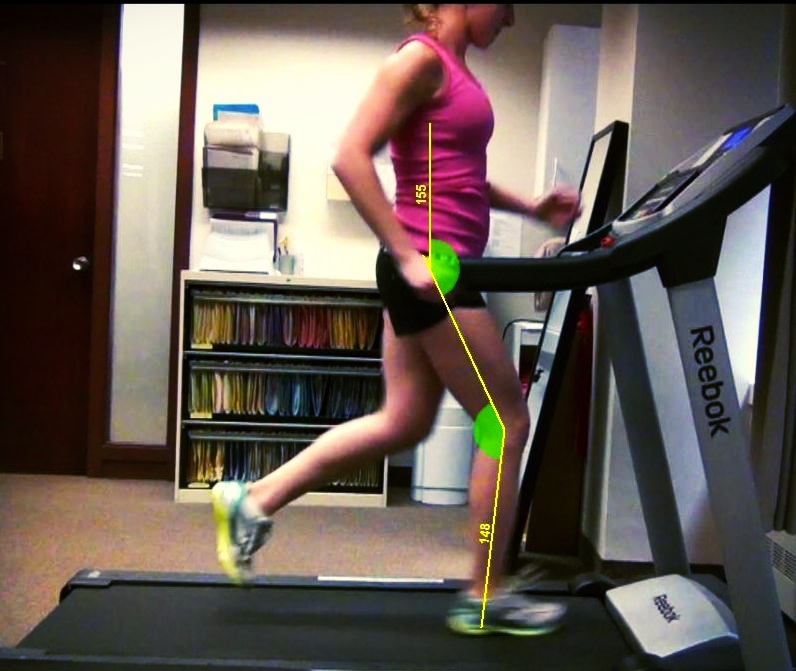One Easy Change to Running Technique Can Prevent Injuries
60-80% of runners are injured. Many of these injuries could be prevented by fixing one common mistake in running technique. The problem is a having a high vertical loading rate, or more simply, landing hard with each step. If you can make the small change of decreasing your vertical loading rate, you not only drastically decrease your risk of injury, you may even become a little faster.
Every time your foot hits the ground while running you create a force of 1.5 -3 times your body weight. The higher this number is, the more likely are are to get injured. Changing your running style so you land 'softly' is actually quite easy to do. Imagine you are hopping on one foot and you want to 'land quietly.' You would land with your foot under your body, more toward the middle or front of your foot, and with a bent knee. Here your leg is in a good position to properly absorb the impact of hopping, resulting in a soft and quite landing. This is essentially how you want your leg positioned to contact the ground when you are running. The easiest way to do this is to control your cadence or step rate, which is how many steps you take in one minute. For the majority of runners this means increasing their step rate. Try to get the number of steps you take per minute to an average of 180 (180 give or take 10 steps/minute is a good target). A high step rate shortens your stride so you contact the ground more towards the middle or front of your foot, your knee is bent, and your foot is under your body instead of stretched out in front of you (sound like a familiar position?) Not only is this technique easier on your body, it has the added bonus of being more energy efficient. Once you get used to it, you may find you are able to run longer and faster.
There are several ways you can train your cadence or step rate. The first is to literally count how many steps you take in one minute, and try to reach 180. This is 3 steps per second so it can be tricky to count. Another way is to download a metronome app to your smart phone (any metronome will do), set it to 180 beats/minute and run to the beat with each beat being a step.
This new step rate is likely to feel a bit odd at first, like you are taking tiny steps. It takes about a month of consistent training for the new technique to feel natural, but it is much easier on your body. Once you are there you will notice you can run longer and more often without feeling as achy, not to mention you just might get a little faster.
Amy Fahlman, physiotherapist downtown Ottawa
BSC PT, MCl Sc, FCAMPT
REFERENCES
- Van Middelkoop M, Kolkman J, Van Ochten J, Bierma-Zeinstra SM, Koes BRistolainen et al, 2010. Prevalence and incidence of lower extremity injuries in male marathon runners. Scand J Med Sci Sports. 2008 Apr;18(2):140-4. Epub 2007 Jun 6.
- Ristolainen L, Heinonen A, Turunen H, Mannström H, Waller B, Kettunen JA, Kujala UM. Type of sport is related to injury profile: a study on cross country skiers, swimmers, long-distance runners and soccer players. A retrospective 12-month study. Scand J Med Sci Sports. 2010 Jun;20(3):384-93. doi: 10.1111/j.1600-0838.2009.00955.x. Epub 2009 Jul 2.
- Lieberman DE, Venkadesan M, Werbel WA, Daoud AI, D’Andrea S, Davis IS, Mang’eni RO, Pitsiladis Y. Foot strike patterns and collision forces in habitually barefoot versus shod runners. Nature. 2010 Jan 28;463(7280):531-5.
- Zadpoor AA, Nikooyan AABredeweg, 2012. The relationship between lower-extremity stress fractures and the ground reaction force: a systematic review. ClinBiomech (Bristol, Avon). 2011 Jan;26(1):23-8. doi: 10.1016/j.clinbiomech.2010.08.005. Epub 2010 Sep 16.
- Bredeweg SW, Kluitenberg B, Bessem B, Buist I. Differences in kinetic variables between injured and noninjured novice runners: A prospective cohort study. J Sci Med Sport. 2012 Aug 23. [Epub ahead of print].
- Heiderscheit BC, Chumanov ES, Michalski MP, Wille CM, Ryan MB. Effects of step rate manipulation on joint mechanics during running. Med Sci Sports Exerc 2011;43(2):296–302.7. Taunton JE, Ryan MB, Clement DB, McKenzie DC, Lloyd-Smith DR, Zumbo BD. A retrospective case-control analysis of 2002 running injuries.Br J Sports Med. 2002 Apr;36(2):95-101.





